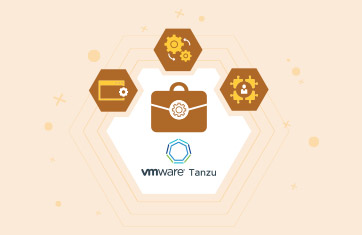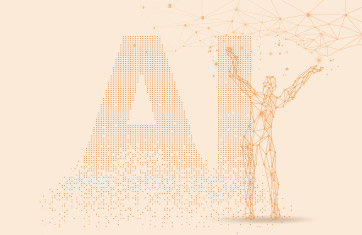 This is a question that has come up a few times of late. You are moving to virtualization and have heard of the benefits that virtualization offers. You’ve heard that virtualization makes your infrastructure more agile (faster to deploy), it provides high availability at a much lower cost than physical infrastructures did earlier, and it also offers load balancing and migration.
This is a question that has come up a few times of late. You are moving to virtualization and have heard of the benefits that virtualization offers. You’ve heard that virtualization makes your infrastructure more agile (faster to deploy), it provides high availability at a much lower cost than physical infrastructures did earlier, and it also offers load balancing and migration.
After Virtualization, Do I Still Need Monitoring?
Does virtualization make monitoring software obsolete? If you have all these great features, do you still need to monitor your infrastructure?
The short answer is yes:-). If any thing, more monitoring and management is needed in the virtualized world than was the case in the past. Initially, when virtualization was just starting to be deployed, a lot of the focus was on the hypervisor and its capabilities. Over the last couple of years, the hypervisor has become a commodity. Free versions are available from most vendors. Most of the enhancements in virtualization today are in the management space. Click here to view an interesting presentation we had done on this topic – “Virtualization 2.0 is All About Manageability”.
Here are several reasons why there is an even higher need for monitoring in a virtualized world:
- Virtualization involves sharing of hardware resources across virtual machines. Since the resources are now shared, a malfunctioning VM may end up taking an unfair share of the resources of a physical server, thereby impacting the performance of the other VMs. Such situations have to be detected and corrected.
- Virtualization increases the number of elements to monitor! If you had 10 physical machines and you moved them to 2 physical servers (say VMware vSphere), you still have 10 VMs and their applications to monitor. In addition, you now have two additional VMware vSphere servers to monitor.
- Yes, virtualization offers HA and live migration capabilities. But what if these fail to work for some reason – e.g., because the common datastore they are using is having issues. You would need to be alerted about such failures. So you need monitoring software to track these key operations in the virtualized infrastructure.
- With virtualization, you can easily change the settings of any VM. Now, if someone inadvertently changes the CPU or memory setting for a VM, this could have an adverse impact on the performance of the VM and its applications. You will need monitoring software to detect and report such changes and also to inform you about the resulting performance problem with the VM and applications running on it.
As virtualization platforms like VMware vSphere, Citrix XenServer, and Microsoft Hyper-V have evolved, the functionality and complexity of these platforms has grown manifold. There are hundreds of functions and components in the virtualization platform that must now be monitored in real-time. Click here to see a sample of the type of monitoring capabilities that have become necessary if you want to run your virtualized infrastructure in an effective and efficient manner.
eG Enterprise is an Observability solution for Modern IT. Monitor digital workspaces,
web applications, SaaS services, cloud and containers from a single pane of glass.




